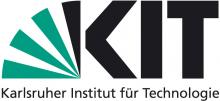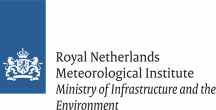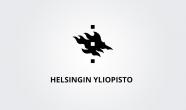The CNR-IMAA Atmospheric Observatory (CIAO) is located in Tito Scalo near Potenza, Southern Italy. Currently, CIAO represents the largest ground-based remote-sensing station in the Mediterranean Basin and is one of the first atmospheric observatories in Europe. The main scientific objective is the long-term measurement for the climatology of aerosol and cloud properties. The observation strategy is mainly organized in order to provide quality-assured measurements for satellite validation and model evaluation and to fully exploit the synergy and integration of the active and passive sensors for the improvement of the atmospheric profiling.
This project has received funding from the European Union’s Horizon 2020 research and innovation programme under grant agreement No 640276.











